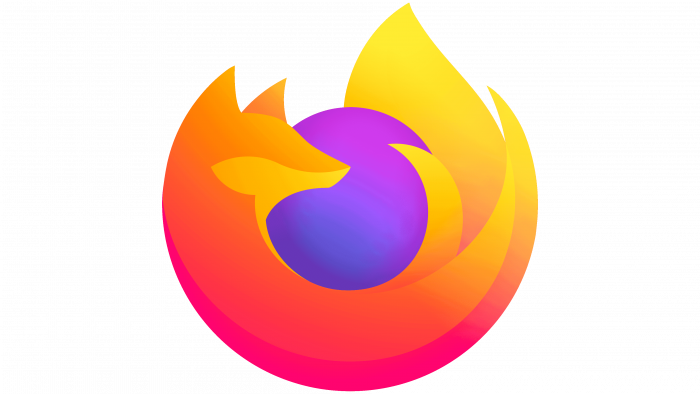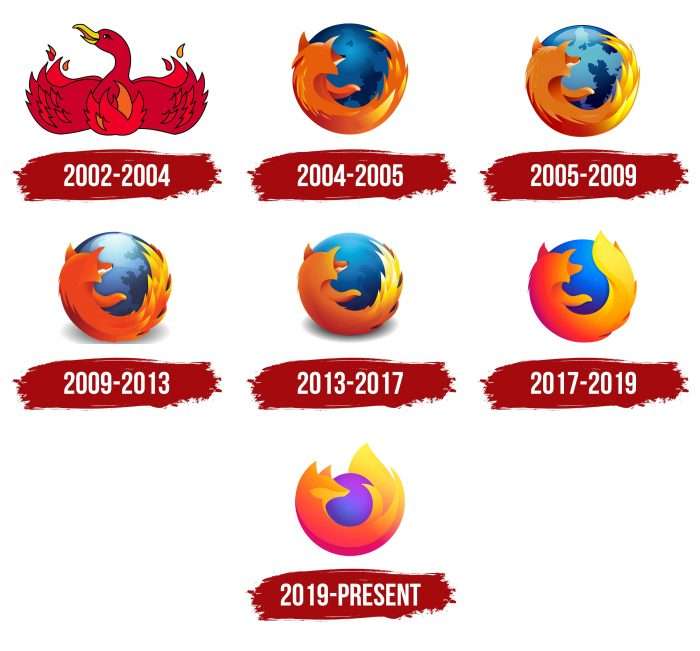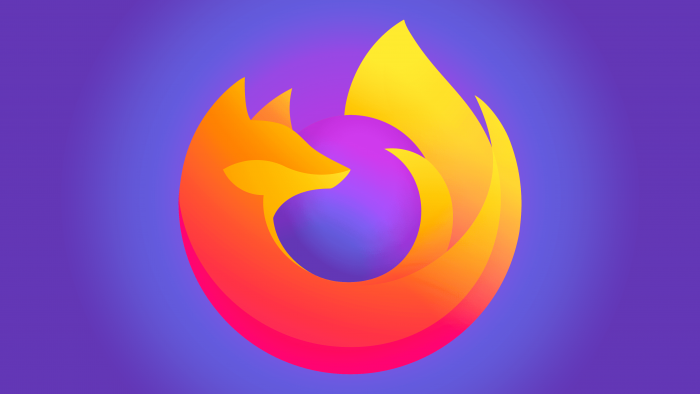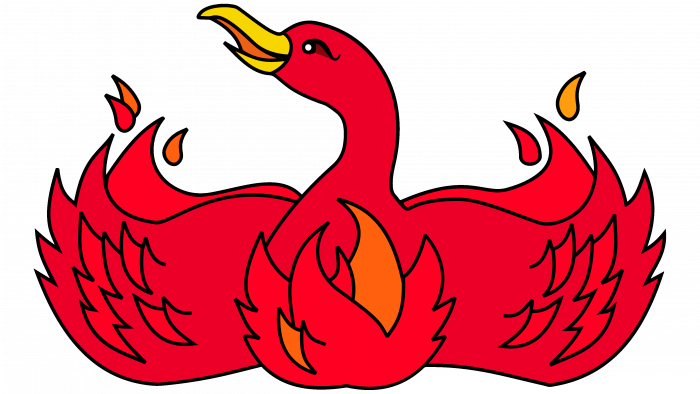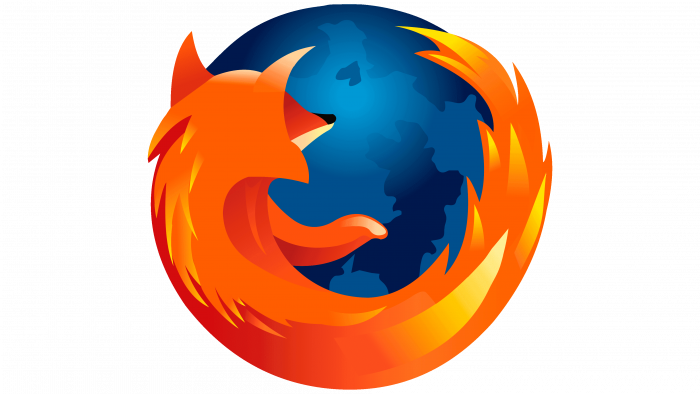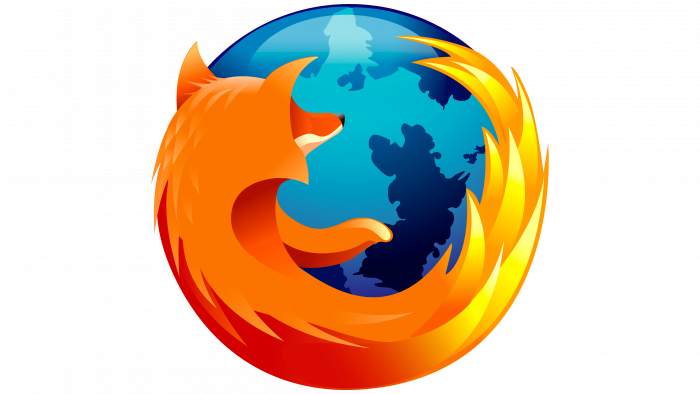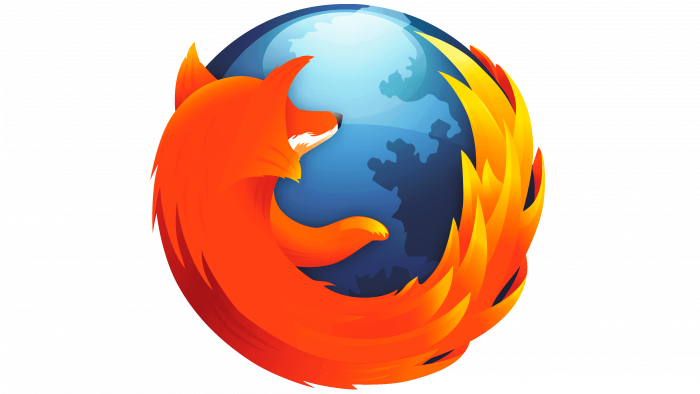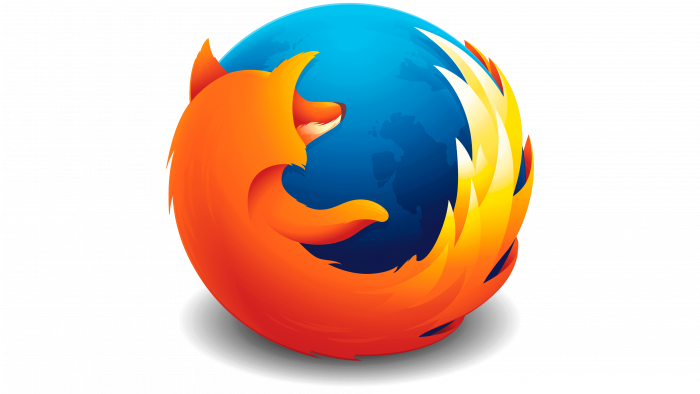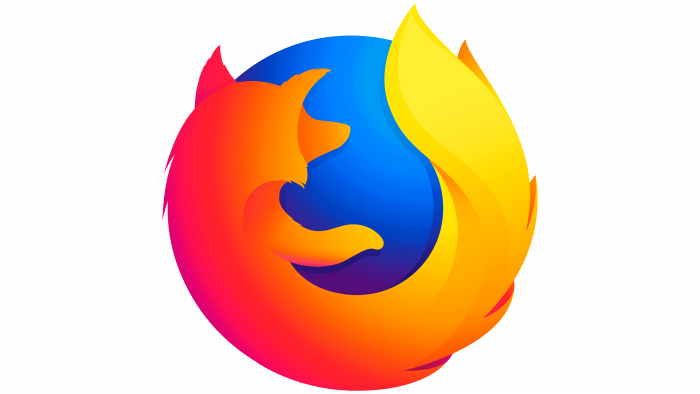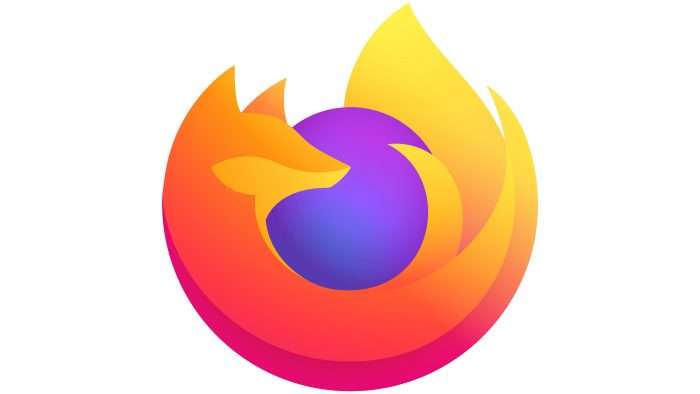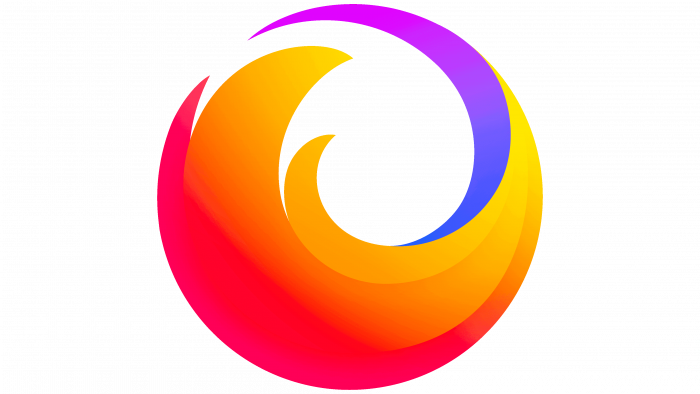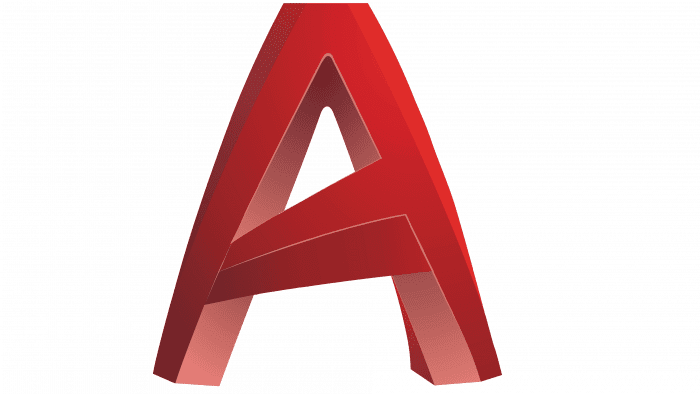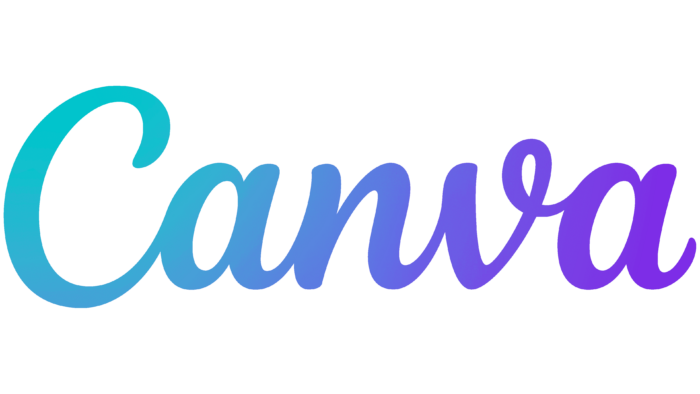All the hot news is collected on the pages of the search engine, promises the Firefox logo. Thanks to the program, the user stays updated with all the important events that have happened on the planet. The emblem encodes the speed of opening new tabs and a beautiful interface.
Mozilla Firefox: Brand overview
| Founded: | September 23, 2002 |
| Founder: | Mozilla Foundation and its contributors Mozilla Corporation |
| Headquarters: | United States |
| Website: | mozilla.org |
Meaning and History
The history of the Firefox brand began much earlier than is commonly believed. The oldest “starting point” can be called 1994. Then a new major player appeared in the IT industry – Netscape. It introduced one of the first browsers but could not compete with Microsoft, adding Internet Explorer to every Windows software package. To show its edge, Netscape made the browser open, but even that didn’t help it.
In the late 1990s, the company and its main product were bought by the American media conglomerate AOL. Subsequently, Netscape members formed the Mozilla community to develop free software. The changeover had to be celebrated somehow, so Dave Hyatt and Blake Ross decided to release the Phoenix browser. They made a mistake with the choice of the name: it turned out that such a trademark already existed. The second option – Firebird – was also busy.
What is Mozilla Firefox?
Mozilla Firefox is a web browsing application created by the American organization Mozilla Foundation. It can be used on various operating systems. It is one of the most popular browsers, valued for its flexible settings, high security, speed, and convenience. It was created in 2004 as an alternative to Internet Explorer.
As a result, the creators had to name their project Firefox after the tiny red panda. By the way, she is depicted on the browser logo and not a fox, as everyone thinks. The original visual symbol of the brand appeared in 2004. Over time, it has hardly changed: the designers only slightly simplified the design and increased the picture’s brightness. As a result, the image lost many details and became more colorful, which is the main trend in the identity of many companies.
The iconic round icon helps the browser compete against web giants like Google Chrome and Safari. The events of recent years have shown that due to a global redesign, it could lose an impressive part of its target audience. As far as we know, in 2019, Mozilla introduced the Firefox logo without an animal and a globe – only with a red-orange half ring. It was designed for a parent brand that brings together many different services, from the Lockwise password keeper to the Send data app. At the same time, all products have their logos, including the browser.
But the public did not understand the changes: users of social networks made a fuss, deciding that Firefox will no longer have “foxes.” They were loudly outraged and created thousands of demotivators, so the representatives of the Mozilla company had to make excuses. So it turned out that many Firefox fans don’t even know what the program’s icon looks like now.
2002 – 2004
In 2002, the Phoenix browser was developed. Its visual symbol lived up to its name: the designers depicted a red bird, the feathers of which resembled tongues of flame. Her tail and wings seemed to be on fire, in keeping with the legend of the phoenix rising from the ashes.
But problems with trademark rights forced the owners to rename their project. For several months it was called Firebird, and the icon has not changed. Subsequently, it turned out that this name already belonged to one of the Internet services.
2004 – 2005
In 2004, Firebird became Firefox, although that name was also taken over. At the same time, the browser needed a conceptually new logo because the old one no longer matched the theme. The Mozilla branding team was created specifically for this purpose. The initiator was Steven Garrity, who proposed to rename the project. He represented the interests of the software development company Silverorange.
Just before Christmas, Steven brought Jon Hicks to the team to visualize all the ideas. The first concepts were proposed right on holiday because the deadline expired on January 2. The best option came up with Daniel Burka. Stephen Desroches did a black and white sketch that became the basis for a full-fledged logo.
Jon Hicks designed the final image using Fireworks MX tools. First, he drew the icon at 128×128 pixels. He then reduced it, simplifying the shape and removing unnecessary details until he got a 16×16 format for displaying the browser on the taskbar. This symbol was used for Firefox 0.8 and 0.9 programs.
2005 – 2009
A new logo has been created for Firefox 1.0. The animal’s tail became more yellow in a modified version, and more light spots appeared on the body. The pointed ends of the ears and nose softened slightly. The globe was repainted in a bluish-blue color and acquired a barely noticeable glowing halo.
2009 – 2013
When Firefox Mozilla 3.5 was released, users saw a modified icon. The so-called fox has become darker and more voluminous due to the contrast of colors. The drawing on the globe has changed. A large light spot appeared at the top of the logo, and an elliptical gray shadow appeared at the bottom.
2013 – 2017
In 2013, the image was smoothed: the developers removed many details and used a gradient for a smooth transition of different shades. Only the tail remained multi-layered.
2017 – 2019
In 2017, the design was simplified as much as possible. The detail has decreased to the point that the outline of the animal has become blurry. Only the elongated silhouette in the form of a semicircle, wrapped around a three-dimensional blue ball, has survived. The gray shadow at the bottom has disappeared, and the colors have taken on brighter hues.
2019 – today
Eighteen months before the logo change, company representatives conducted a study to determine what it should look like. In the process were Michael Chu of San Francisco agency Ramotion (he was responsible for parent brand identity for the entire Firefox product line), Jon Hicks (creator of the first logo), and Michael Johnson of Johnson Banks (consultant and creative inspiration for the designers).
Together, the team developed the logo, which was presented in 2019. The concept has remained almost unchanged, but the image has become simpler: many details disappeared. The central circle has shrunk and acquired a blue-violet gradient, and the animal’s head was turned to the right and positioned in profile.
Mozilla Firefox: Interesting Facts
Mozilla Firefox, created by the Mozilla Foundation in 2004, quickly became a favorite web browser for many users because of its speed, security, and customization ability.
- Beginnings: Firefox first went by “Phoenix,” reflecting its emergence from Netscape Navigator’s end. After a few name changes due to trademark issues, it became “Firefox,” named after the red panda.
- Open Source: Firefox is open-source, meaning anyone can tweak and share its code. This openness has built a global community that contributes to its development and has translated the browser into over 90 languages.
- Pop-up Blocking: Firefox was among the first to block pop-ups automatically, enhancing user experience and setting a trend for other browsers.
- Tabs: Though not the first to have tabs, Firefox helped make tabbed browsing popular, letting users open multiple pages in one window.
- Extensions and Customization: Firefox is known for its wide range of add-ons, from ad blockers to themes, which allow users to tailor their browsing experience.
- Privacy Focus: Privacy and security have always been top priorities for Firefox, with features like Tracking Protection and Firefox Monitor alerting users to data breaches.
- Quantum Update: In 2017, the Quantum update made Firefox much faster and more efficient, keeping it competitive with other top browsers.
- Non-Profit Ownership: Owned by the non-profit Mozilla Foundation, Firefox prioritizes the public good and internet health over profits.
- Leading in Web Standards: Mozilla advocates for open web standards, helping keep the internet accessible and promoting new technologies.
- Creative Marketing: Firefox has launched various marketing efforts, like a 2004 crowdfunded ad in The New York Times, supported by fans worldwide.
Firefox’s journey shows the power of open-source development, community support, and a steadfast commitment to user privacy and web innovation.
Font and Colors
Few people know that the fox is not represented on the Firefox icon. This is a miniature panda, which is called Firefox in English. It looks like a red long-tailed raccoon, which is reflected in the browser emblem. It is not in vain that the animal bends around the globe: such flexibility testifies to the adaptability of the software and its globality.
There are no inscriptions on the logo, but there is a very colorful image of a red panda and a globe. The use of colors such as orange, yellow, dark pink, purple, and blue creates interesting dynamics, especially in a gradient.
Mozilla Firefox color codes
| Electric Purple | Hex color: | #b53ae3 |
|---|---|---|
| RGB: | 181 58 227 | |
| CMYK: | 20 74 0 11 | |
| Pantone: | PMS Purple C |
| Medium Slate Blue | Hex color: | #6a62e7 |
|---|---|---|
| RGB: | 106 98 231 | |
| CMYK: | 54 58 0 9 | |
| Pantone: | PMS 2665 C |
| Royal Purple | Hex color: | #5939af |
|---|---|---|
| RGB: | 89 57 175 | |
| CMYK: | 49 67 0 31 | |
| Pantone: | PMS 266 C |
| Corn | Hex color: | #ffed4a |
|---|---|---|
| RGB: | 255 237 74 | |
| CMYK: | 0 7 71 0 | |
| Pantone: | PMS 107 C |
| Selective Yellow | Hex color: | #ffba25 |
|---|---|---|
| RGB: | 255 186 37 | |
| CMYK: | 0 27 85 0 | |
| Pantone: | PMS 1235 C |
| Dark Orange | Hex color: | #ff8717 |
|---|---|---|
| RGB: | 255 135 23 | |
| CMYK: | 0 47 91 0 | |
| Pantone: | PMS Bright Red C |
| Dogwood Rose | Hex color: | #e10e68 |
|---|---|---|
| RGB: | 225 14 104 | |
| CMYK: | 0 94 54 12 | |
| Pantone: | PMS 1925 C |
